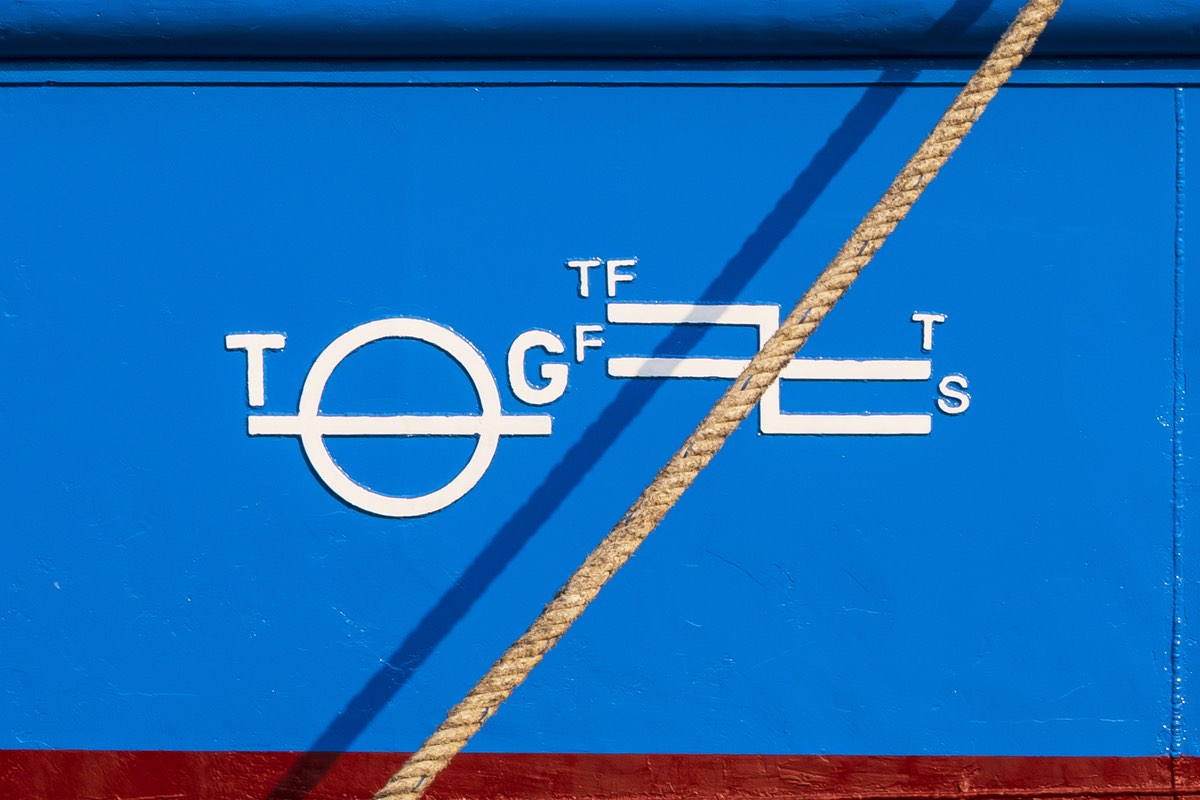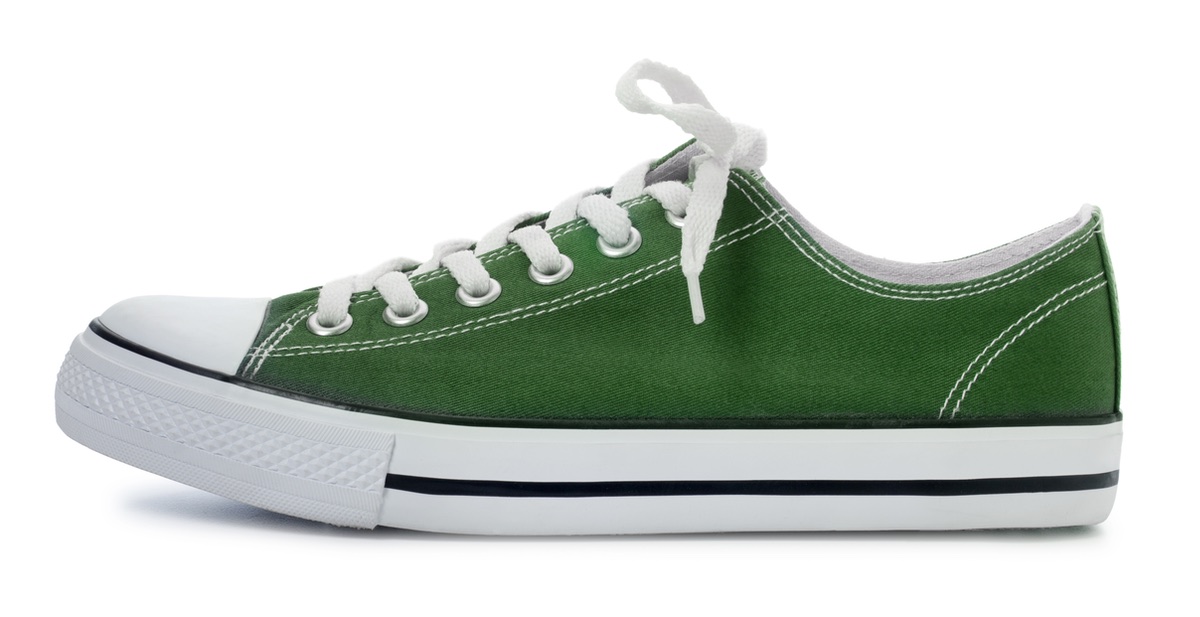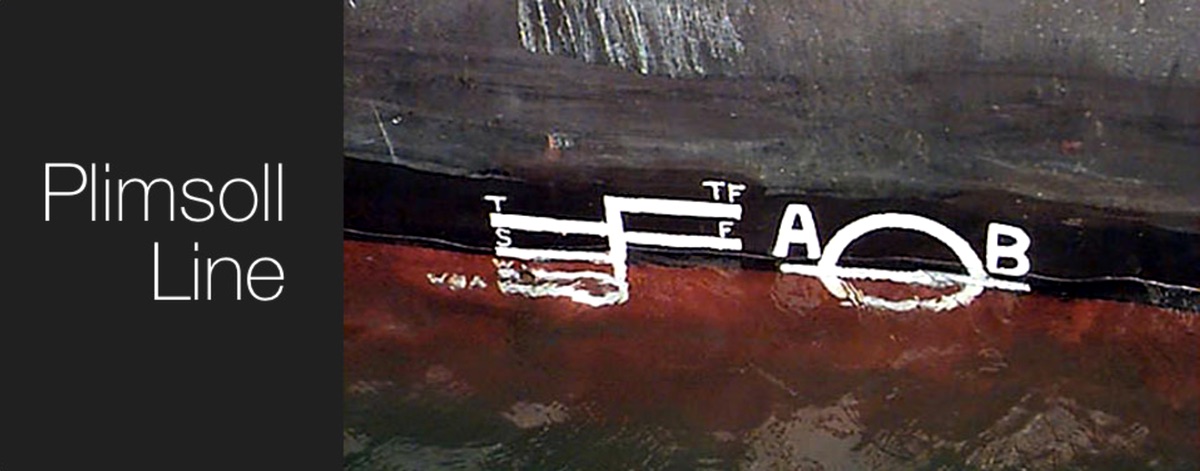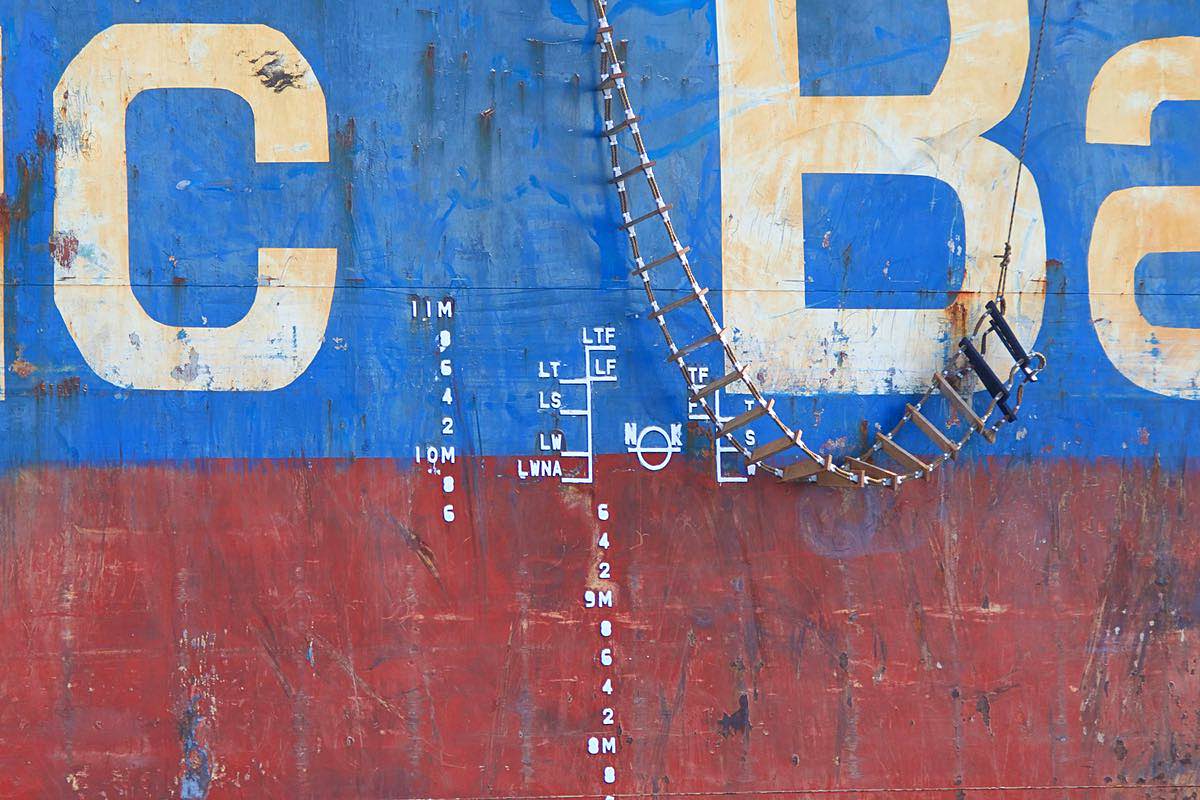It's Wednesday January 7, 2026

February 2023
The weird markings on freighter hulls are not graffiti. The Los Angeles gangs are not involved in international maritime shipping. Even if they were, they would not “tag” their freighters in this manner. Very particular hull graffiti / markings are required by international law and help indicate proper loading of a ship.Read on for the quick history and more details.
The linesThe lines on freighter hulls are called Plimsoll lines. They are named for Samuel Plimsoll (1824 – 1898). Plimsoll was a liberal member of the British Parliament who was concerned about the loss of shipping.
Hull graffiti or Plimsoll marking?Some ships loaded in salt water were lost traveling up the British fresh water rivers. And, some British winter shipping was lost when arriving in the warm tropical waters of the Caribbean.So in 1876, despite great resistance from the powerful merchant shipping lobby, Plimsoll championed the Unseaworthy Ships Bill. This bill mandated marking a ship’s hull with a line. This line would disappear below the waterline if the ship was overloaded.
That is the short version of the history.
Fashion factoidIn Great Britain, during the 1870s, sandshoes (Scotland, Australia, New Zealand, Northern England slang for a canvas shoes with rubber soles) acquired the nickname ‘Plimsolls.’ These shoes had a colored horizontal band joining the upper to the sole. The bands resembled the Plimsoll lines on a ship’s hull.A modern day Plimsoll – canvas top and rubber sole bottom.Like the Plimsoll line on a ship, water above the line on the shoe’s rubber sole would result in wet feet.
On to the technicalPlimsoll lines have evolved into a modern set of hieroglyphics.• TF = Tropical Fresh Water
• T = Tropical
• F = Fresh Water
• S = Summer
• W = Winter
• WNA = Winter North Atlantic
• AB = Letters indicating the registration authority – in this case the American Bureau of Shipping.The other registration authority initials you might see are: BV: Bureau Veritas; GL: Germanischer Lloyd; LR: Lloyd’s Register; NV: Det Norske Veritas; RI: Registro Italiano Navale; NK: Nippon Kaiji Kyokai; DT: Department of Transport.
How it worksThe waterline through the Plimsoll lines must correspond to the season and type of water. Freighters cannot be loaded beyond/above the line specific to the freighter’s location.
The Plimsoll Line in action. The AB in this image is the American Bureau of Shipping. The circle with the line through it indicates if the cargo is loaded evenly.For example, the freighters carrying wood pulp from Morehead City to the Amazon, in summer, would be loaded to the “S” line. When reaching the fresh water of the Amazon, the freighter will settle up to the TF line.
Ships loaded in Iceland during the winter cannot be loaded more than the “WNA” line. The Icelandic freighters will sink to the “W” line when arriving in Morehead City during the winter. Make sense?
Temperature and salinity are the culpritsAt 39 degrees, a cubic foot of fresh water weighs 62.424 pounds.At 90 degrees, a cubic foot of fresh water weighs 62.118 pounds.
Practical (salinity scale) perspective
• A gallon of tap water at 70 degrees weighs 8.329 pounds.
• A gallon of boiling water weighs .333 pounds less.Yes, the differences seem small. But, under a 220,000 ton freighter, these differences are significant. Examined closely, our boats in Oriental float higher in the winter.
Oak Harbour, sailing under the flag of Hong Kong, sits empty at the NC Port Authority in Morehead City.Of course, salt water is more dense.
The seawater density is about 8.55 pounds per gallon. Fresh water density is less at 8.34 pounds per gallon. And, ice is about nine percent less dense than water. Icebergs float (Titanic).More dense equals more float. Now you know.
Need some?Tools, parts, clothes, shoes or beer; if you have overloaded your boat, perhaps it is time for your own Plimsoll Lines.
Fair Winds,
Captain John Rahm
Third Wave Sailing
(Mostly overloaded)
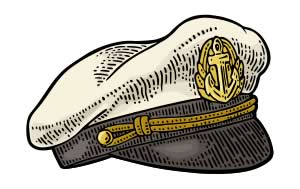 Captain's Blog on TownDock.net is all about making your time on the water enjoyable. Captain John Rahm teaches sailing and boat handling at Third Wave Sailing. Captain's Blog on TownDock.net is all about making your time on the water enjoyable. Captain John Rahm teaches sailing and boat handling at Third Wave Sailing. |
